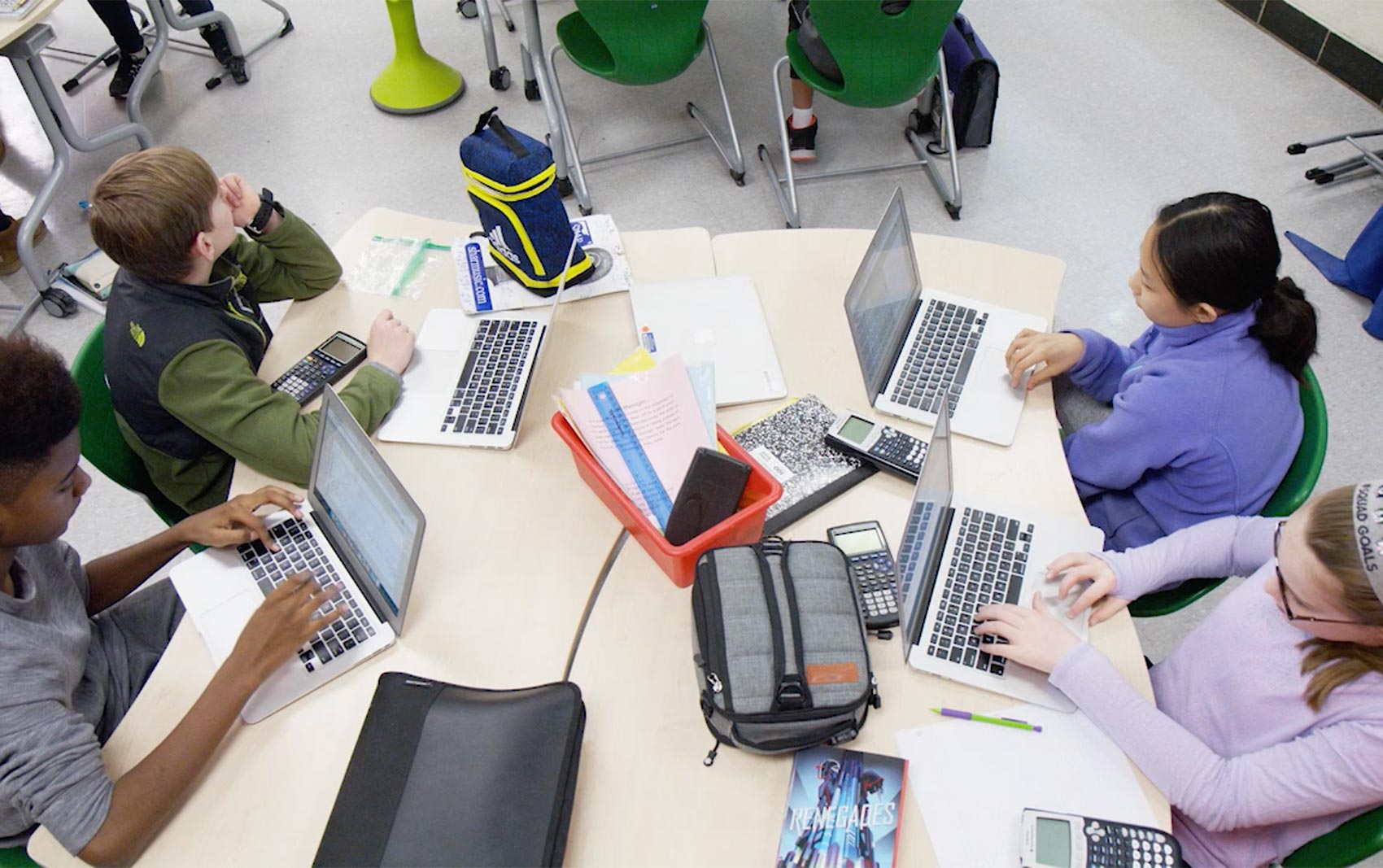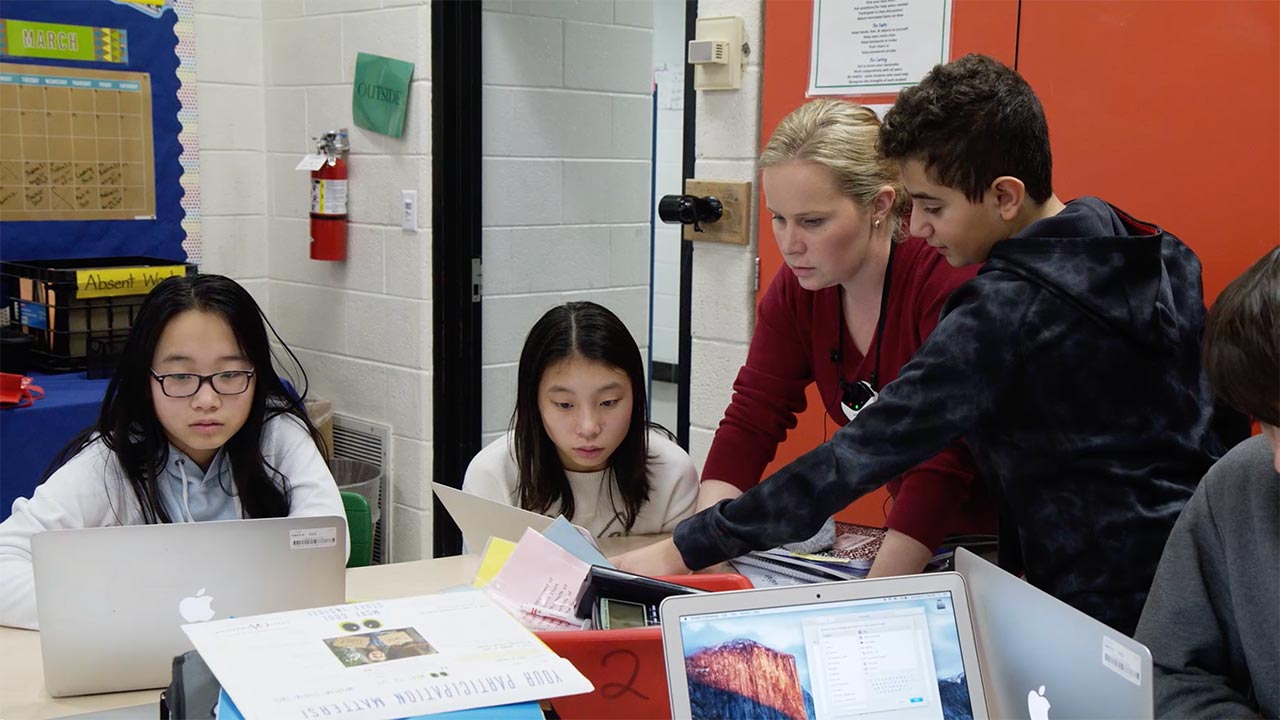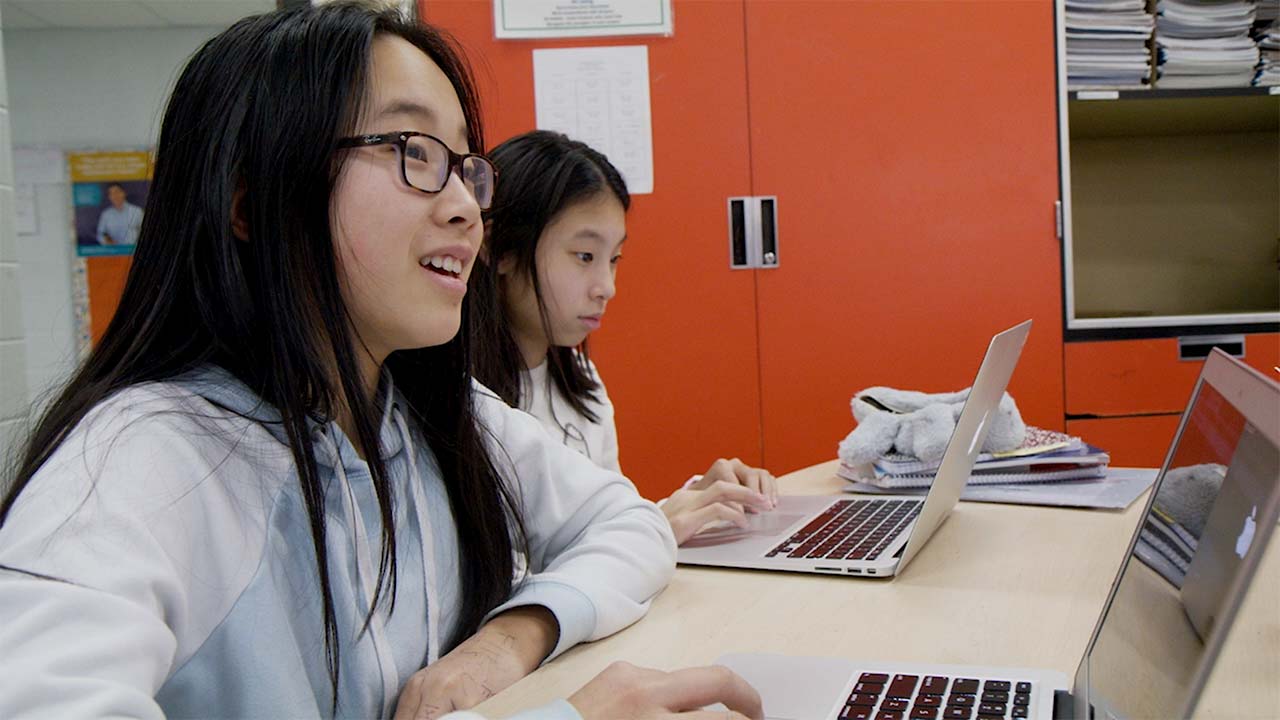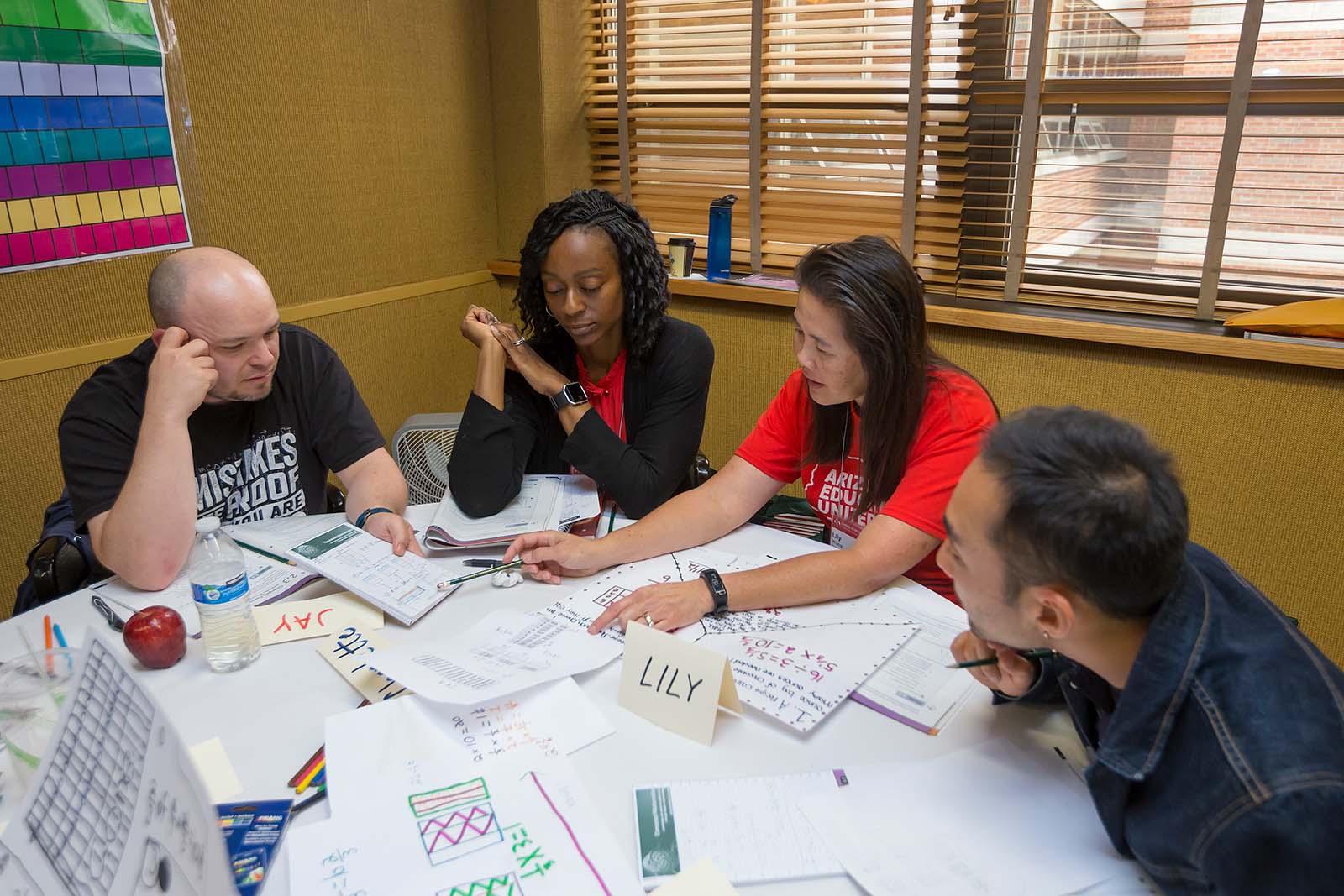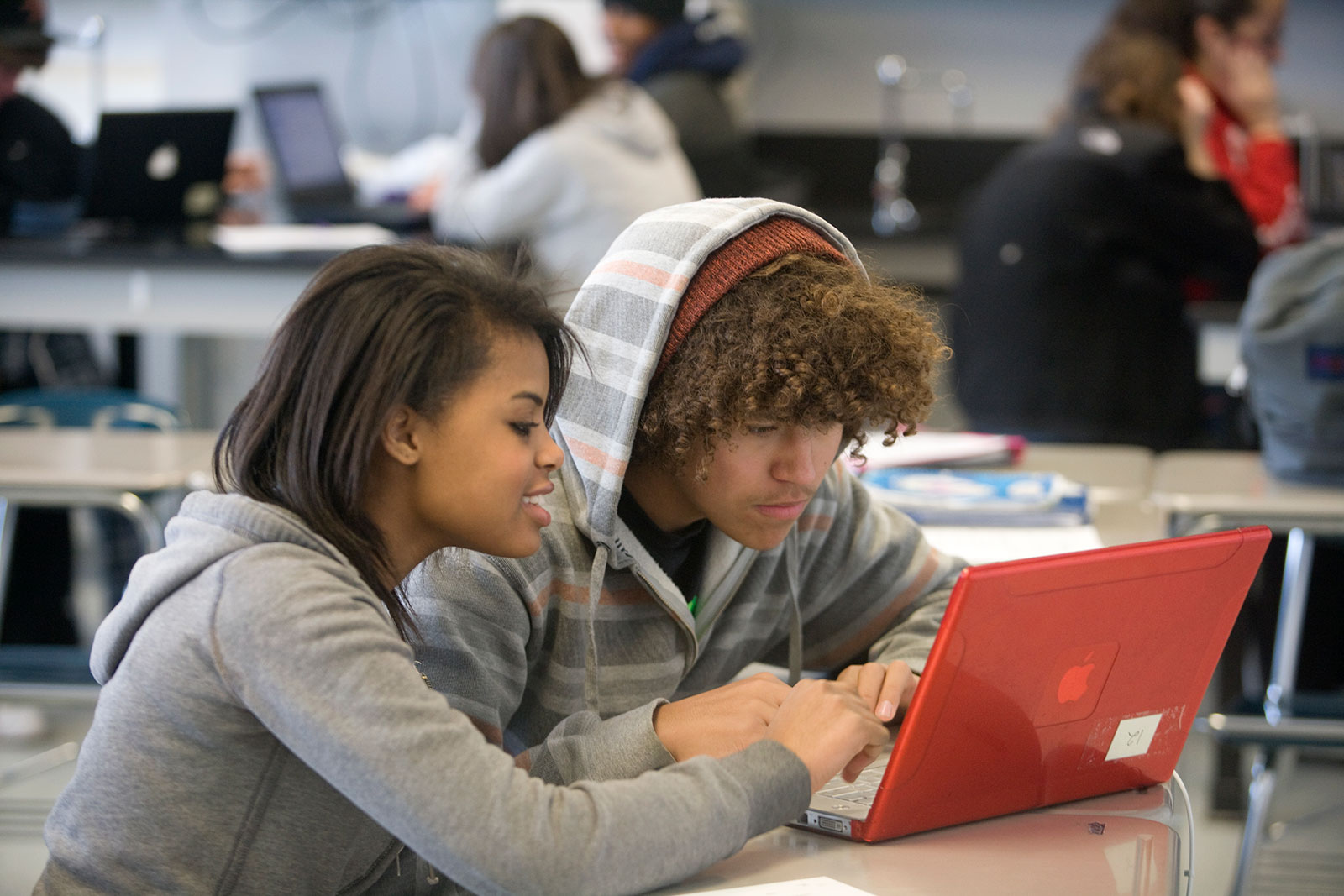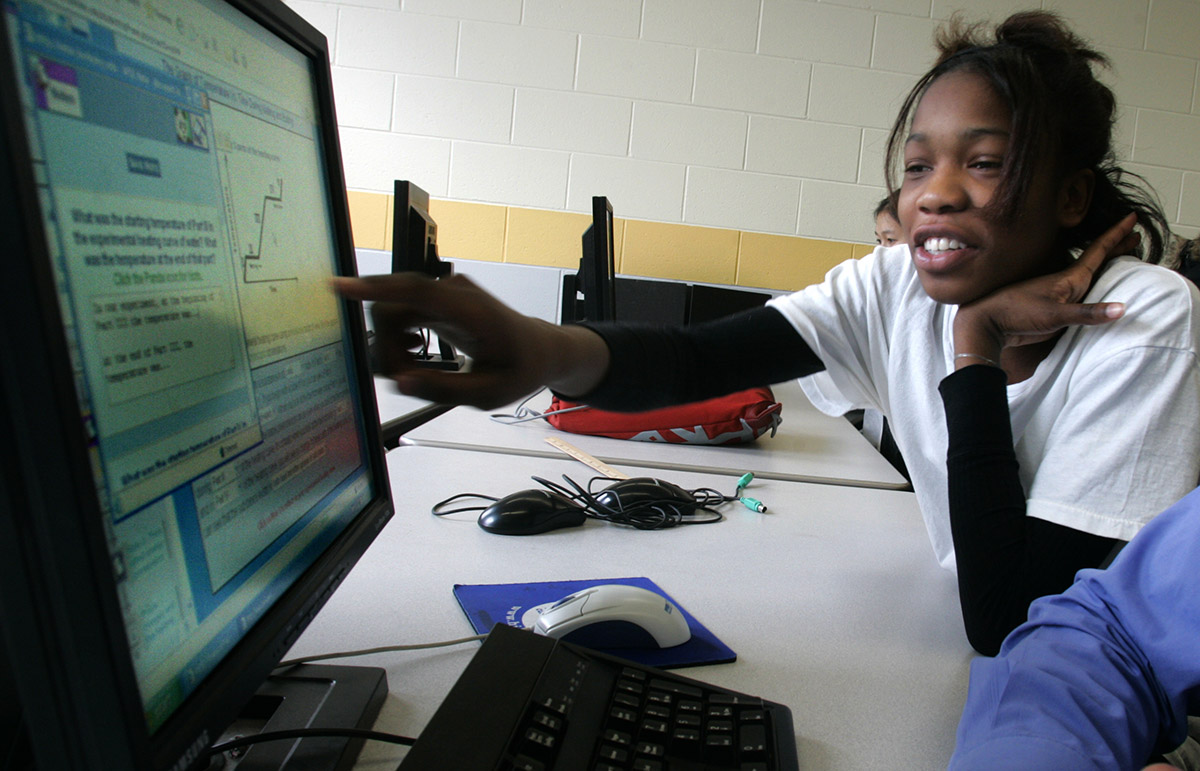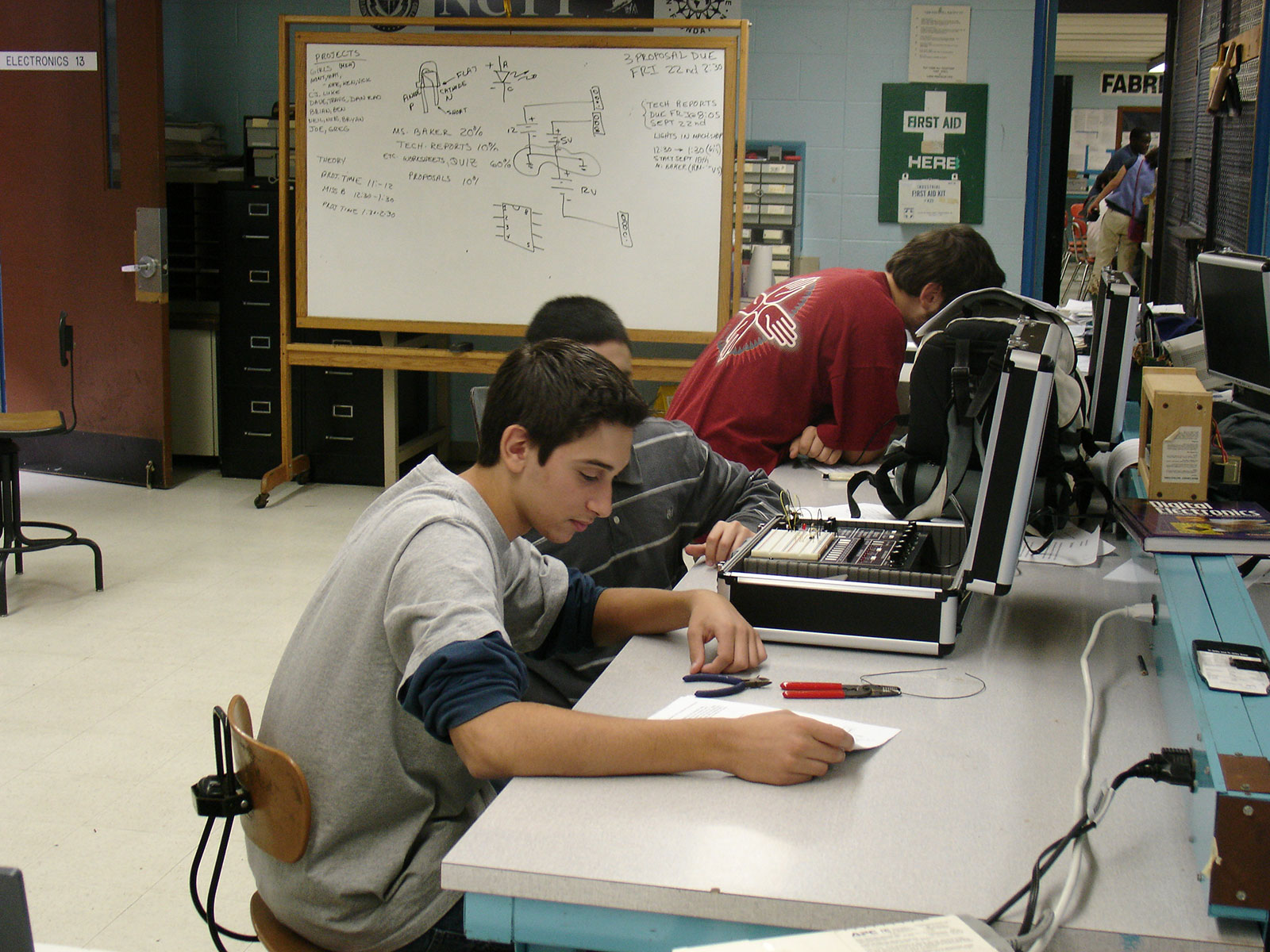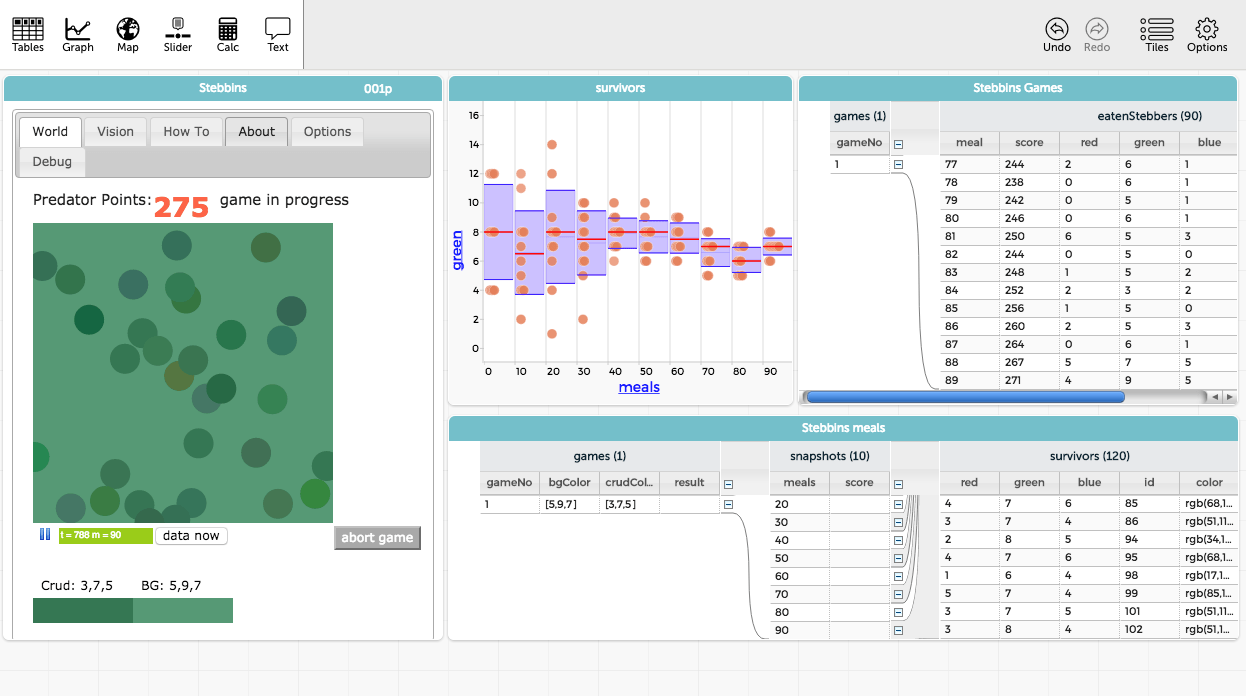Digital Inscriptions
Importance
In today’s workplace, teams work together, sharing their knowledge with each individual contributing their ideas or skills to solve problems or build new things. Increasingly school curricula are built around a similar approach. Problems that invite multiple solutions are introduced to small groups of students who contribute different approaches and solutions. Students learn content informed by a variety of perspectives. They also practice skills of listening, communicating, and contributing.
With Michigan State University, we’re developing and researching a digital curriculum platform to help middle school students deepen and make visible their understanding of mathematics through collaboration. This project is inspired by two research findings. First, that students’ capacity to represent knowledge and make sense of it through their “inscriptions” is essential for conceptual understanding. Second, that these capacities develop well in social settings where meanings of the inscriptional work are publicly shared and negotiated.
Very little is known about learning through inscriptions in middle school mathematics, particularly when students use inscriptional resources designed for collaborative learning. We’re exploring two broad hypotheses about how the use of digital inscriptional resources can improve middle school students’ mathematical understanding: (1) development and communication of mathematical understanding is enhanced through the use of inscriptional resources for constructing meaningful records of student thinking and (2) evidence for conceptual growth of mathematics becomes more sophisticated over time when students purposefully reflect on their inscriptional work at key points in the development of big mathematical ideas.
We have embedded the popular Connected Mathematics3 curriculum where students investigate big mathematical ideas through inquiry-oriented problem situations into the digital platform. And we’re designing supports for students in making sense of mathematics with each other as they construct, manipulate, and interpret shared representations of mathematics in real time. Project research focuses on ways to help students deepen and make visible their understanding of mathematics.
Research
Research on student learning is guided by the following questions:
- What features of the digital learning environment help students to produce and refine inscriptions of their learning as they explore mathematics problems?
- How does the construction, manipulation, and interpretation of inscriptions change over time?
- Does evidence of student understanding of big ideas of mathematics become more sophisticated given sustained classroom-based engagement with inscriptions?
Videos
View these videos and more on the Concord Consortium YouTube Channel.
Publications
- Lyons, L., Kursav, M. N., Edson, A. J., & Dorsey, C. (2021). Share and share alike: New tools for tracking and supporting knowledge co-construction in mathematics classrooms. @Concord, 25(1), 10–11.
- Bondaryk, L. (2020). Under the hood: Sharing real-time collaborative documents. @Concord, 24(1), 14.
- Lyons, L., Phillips, E., & Dorsey, C. (2019). Designing a digital collaborative mathematics classroom using a problem-based curriculum. @Concord, 23(1), 4-6.
